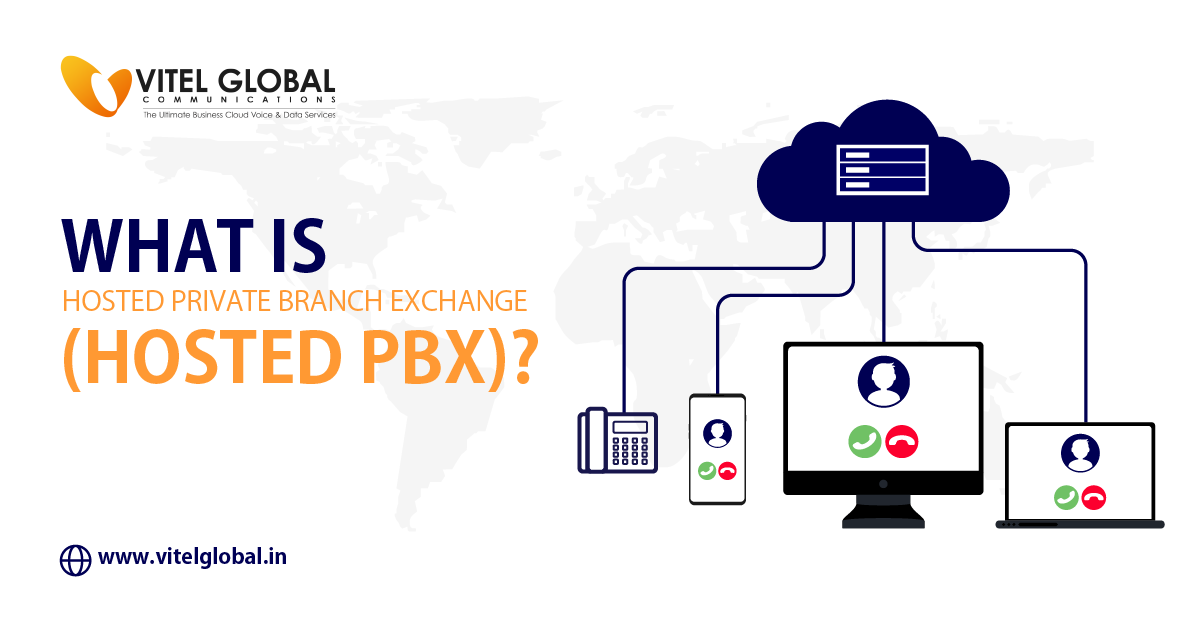Imagine utilizing the power of your past business performances to shape your future endeavours. This encapsulates the essence of business analytics.
These involve removing data to construct predictive models, employing optimization techniques, and effectively communicating findings to both employees and customers. It supports a data-driven approach within the business sector, leaning on statistics and data modelling to extract valuable insights.
In the contemporary business sector, organizations are avidly looking for avenues to enhance the efficiency of their decision-making processes, and this is precisely where the advantage of business analytics becomes evident. What sets business data analytics apart is its versatile application, easily integrating into various facets of organizational operations.
What is the Power of Business Analytics & Why it is Important?
The power of these analytics lies in its transformative ability to convert raw data into actionable insights, empowering organizations to make informed decisions and drive success. At its core, business data analytics is a dynamic discipline that extracts meaningful patterns and trends from vast datasets, providing a panoramic view of an organization’s operations.
One of the primary strengths of business analytics is its predictive prowess. By analyzing historical data, organizations can forecast future trends and outcomes, enabling them to anticipate challenges and capitalize on opportunities. This predictive capability not only aids in strategic planning but also enhances risk management, allowing businesses to navigate uncertainties with a more calculated approach.
Moreover, these analytics serve as a catalyst for optimization. It identifies inefficiencies, streamlines processes, and enhances overall operational efficiency. Whether its resource allocation, supply chain management, or marketing strategies, analytics provides actionable insights that pave the way for continuous improvement.
How Does Business Analytics Improve Profit?
These analytics contribute significantly to improving profits by providing organizations with valuable insights and data-driven strategies. Through the analysis of historical and real-time data, businesses can identify opportunities for cost reduction, enhance operational efficiency, and optimize resource allocation. Predictive analytics enables organizations to forecast market trends, allowing them to make informed decisions that align with customer needs.
Additionally, cloud-hosted phone service provides businesses a number of benefits that boost revenue even more. By understanding customer behaviour and preferences, businesses can customize their products and services, leading to increased customer satisfaction and loyalty. Ultimately, these empower companies to make strategic, data-driven decisions that positively impact the bottom line, fostering sustained profitability and growth.
Types of Business Analytics
Data Analysis
The prevalent analytics can be categorized into four primary types: Predictive, Descriptive, and Diagnostic. A newer addition, cognitive analytics, incorporates AI, ML, and deep learning. While each of these analytics types proves effective in isolation, their collective strength becomes particularly potent when utilized in tandem.
Predictive analytics
Prescriptive analytics produces recommendations for addressing comparable future scenarios based on past performances. This analytical approach utilizes various tools, statistical methods, and machine learning algorithms, utilizing both internal and external data sources to generate valuable insights.
Descriptive Analytics
Descriptive Analytics are much necessary in analyzing past data to assess a unit’s response to specific variables, focusing on tracking key performance indicators (KPIs) to gain a comprehensive understanding of the current state of a business.
This Analytical Process Encompasses Five Key Steps:
- Identifying the most effective business metrics for evaluating performance against objectives.
- Recognizing the data required based on the current state of the business.
- Engaging in various processes such as de-duplication, transformation, and cleansing to collect and prepare the necessary data.
Diagnostic Analytics
Diagnostic Analytics serves as a business analytics category, delving into the understanding of the causal factors behind past events. Employing techniques such as drill-downs, data mining, data discovery, and correlations, this method enables a good understanding of the driving forces.
This advanced analytics approach is commonly used as a precursor to Descriptive Analytics, aiming to uncover the rationale behind specific outcomes in diverse sectors like finance, marketing, cybersecurity, and beyond.
Examples of Diagnostic Analytics include:
- Examining Market Demand
- Identifying Technical Issues
- Explaining Customer Behavior
- Improving Organizational Culture
8 Crucial Reasons: How Analytics Drive Profitability in Business Operations
Making well-informed decisions is just as important to staying ahead of the game as intuition. Here’s where analytics really shines. Analytics has unrivalled ability, from recognizing market trends to improving operational efficiency. We’ll look at eight strong arguments that analytics is needed for running a successful business, not simply a nice to have.
Data-Driven Decision Making
Enterprises are overflowing with data. Analytics turns raw data into insights that can be put into practice, enabling decision-makers to make decisions based on facts rather than intuition. Businesses can avoid making educated guesses and can better connect their analytic strategy with market trends by depending on analytics.
Understanding Customer Behaviour
Businesses can learn a great deal about client behaviour thanks to analytics. Businesses may better customize their goods and services to match client expectations by looking at engagement indicators, buying trends, and preference data. In addition to encouraging loyalty, this customer-centric strategy creates opportunities for revenue development.
Optimizing Operations
Profitability is based on efficiency. Analytics provides a thorough understanding of internal operations and points out areas that could benefit from optimization. Analytics provides insights to improve overall efficiency, cut costs, and streamline operations in a variety of areas, including supply chain management, production processes, and inventory control.
Market Trends and Competitive Analysis
Understanding the market environment for any business aiming to thrive. Analytics tools empower organizations to monitor market trends, evaluate competitors, and identify emerging opportunities. By staying ahead of the curve, businesses can position themselves strategically to capitalize on market shifts and gain a competitive edge.
Risk Management
In business, risks are inevitable, but effective risk management can mitigate potential downsides. Analytics is very important in risk analysis by identifying issues and predicting potential issues. This proactive approach allows businesses to take preventative measures, safeguarding their operations and financial health.
Personalized Marketing Campaigns
Generic, one-size-fits-all marketing strategies are increasingly ineffective. These let companies design individualized and focused marketing efforts. By understanding customer preferences, businesses can deliver messages through the right channels, leading to higher conversion rates and improved ROI on marketing investments.
Enhancing Employee Productivity
The success of any business is difficult tied to the performance of its workforce. Analytics tools can provide valuable insights into employee productivity, helping businesses identify training needs, recognize high-performing individuals, and optimize resource allocation. This data-driven approach fosters a culture of continuous improvement and employee satisfaction.
Measuring and Improving Customer Satisfaction
Satisfied customers are important of a profitable business. Analytics allows businesses to measure and analyze customer satisfaction metrics.
By identifying pain points and areas of improvement, companies can enhance the customer experience, leading to increased customer loyalty, positive word-of-mouth, and, ultimately, higher profitability.
Conclusion
It is impossible to too much of the value of analytics. It’s the compass guiding businesses toward profitability and sustained success. From making data-driven decisions to understanding customer behaviour and optimizing operations, the benefits of analytics are multifaceted.
By integrating analytics into business strategies, companies can navigate the complexities of the market, adapt to change, and prosper in an always-shifting landscape. As the saying goes, “what gets measured, gets managed,” and in the realm of business, managing for profitability begins with analytics.








